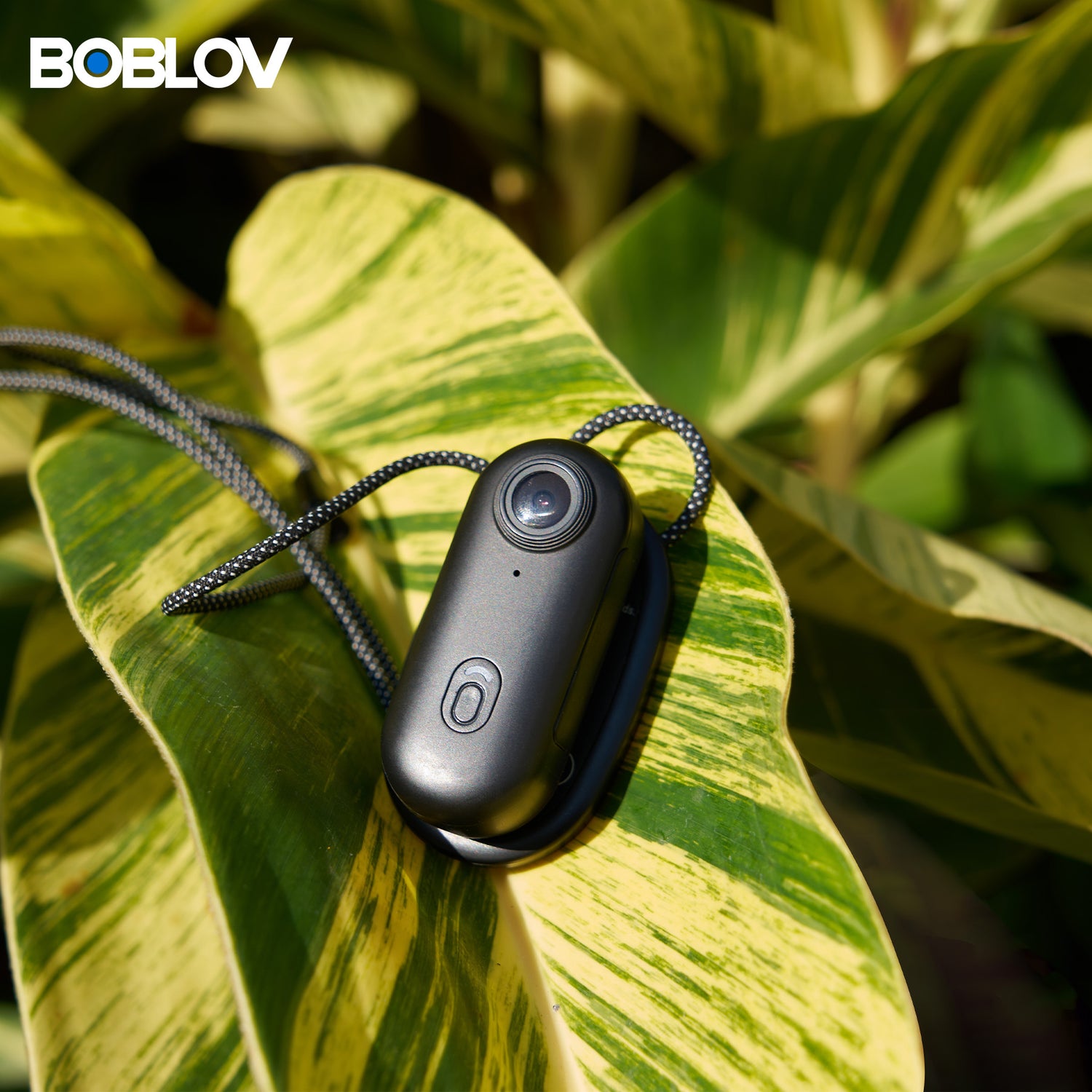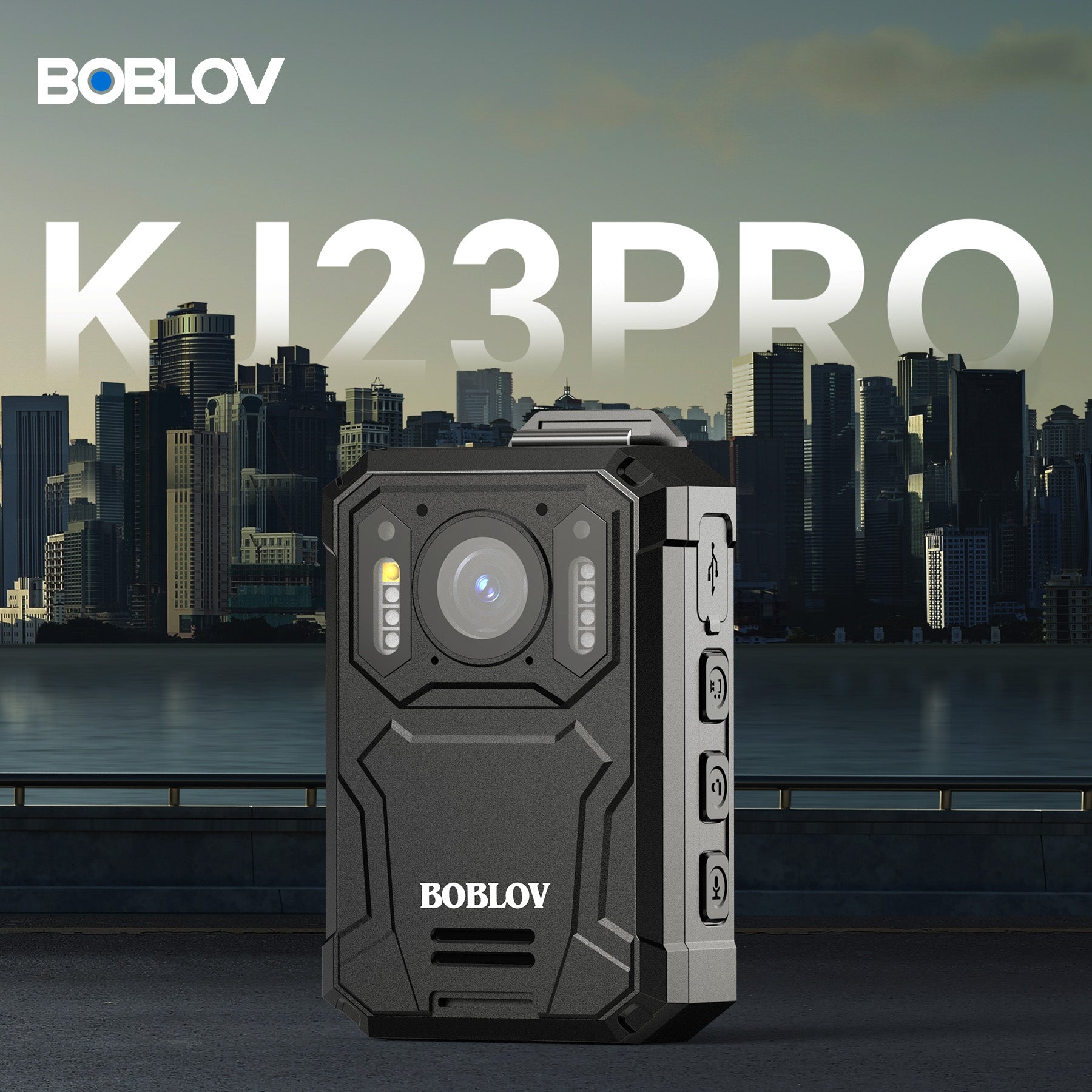Understanding the Role of Body Cameras in Law Enforcement
The Evolution of Body Cameras in the United States
Body cameras have become a crucial tool in modern policing. They first appeared in the early 2000s. Initially, only a few departments used them. But their use grew rapidly after high-profile incidents of police misconduct. These events sparked public outcry for greater accountability. By 2016, nearly half of U.S. law enforcement agencies had adopted body cameras. Today, they are standard equipment in many police departments. The evolution of body cameras reflects a shift towards more transparent policing. They aim to build trust between police and communities. Body cameras also provide valuable evidence in investigations. Their adoption has been a significant step in police reform efforts.

Legal and Regulatory Framework for Body Cameras
The use of body cameras is governed by a complex legal framework. Laws vary by state and local jurisdiction. Some states have passed specific legislation on body camera use. Others rely on existing privacy and public records laws. Key legal issues include when officers must activate cameras. Rules also cover how long footage should be stored. There are laws about who can access the footage and when. Privacy concerns are a major factor in these regulations. Many laws aim to balance transparency with individual privacy rights. Federal guidelines also exist, but they are not legally binding. As technology evolves, laws continue to adapt. This ensures body camera use remains ethical and effective.
The Impact of Body Cameras on Police Practices
Body cameras have significantly influenced police behavior and practices. Studies show they can reduce use of force incidents. They also lower the number of citizen complaints against officers. Cameras encourage both officers and citizens to behave better during interactions. They provide an objective record of events, reducing disputes about what happened. This can lead to faster resolution of complaints. Body cameras also serve as a training tool for police departments. They help identify areas where officers can improve their conduct. However, the impact varies depending on department policies and culture. Some critics argue that cameras alone cannot solve deep-rooted issues in policing. Overall, body cameras have become a valuable tool for improving police accountability.
Technological Advancements in Body Cameras
Innovations in Body Camera Features and Design
Recent years have seen significant improvements in body camera technology. Modern cameras offer high-resolution video and clear audio capture. Many now have night vision capabilities for low-light conditions. Wider fields of view ensure more comprehensive coverage of incidents. Battery life has improved, allowing for longer recording times. Some cameras now have pre-event recording features. This captures footage from before the officer activates the camera. Durability has also improved, with cameras withstanding tough conditions. Lightweight designs make cameras more comfortable for officers to wear. Easy-to-use interfaces ensure officers can operate them quickly. These innovations enhance the reliability and effectiveness of body cameras in the field.

Integration of AI and Machine Learning in Body Cameras
Artificial Intelligence (AI) and Machine Learning (ML) are revolutionizing body camera technology. These technologies can automatically flag important events in footage. They can detect gunshots, aggressive behavior, or distressed voices. AI can also assist in categorizing and searching vast amounts of video data. This makes it easier to find relevant footage for investigations. Some systems can identify faces or license plates, aiding in suspect identification. ML algorithms can analyze officer behavior patterns over time. This helps in identifying training needs or potential misconduct. However, the use of AI in policing raises ethical concerns. Issues of privacy and potential bias in AI systems are ongoing debates. As these technologies evolve, balancing their benefits with ethical considerations is crucial.
The Future of Body Cameras: Trends and Predictions
The future of body cameras looks promising with several emerging trends. Live streaming capabilities are becoming more common. This allows real-time monitoring of police activities. Integration with other police technologies is likely to increase. This includes connecting cameras with dash cams and dispatch systems. Improved data analytics will help departments gain insights from footage. We may see the development of smaller, more discreet camera designs. Longer battery life and faster charging are also expected improvements. There's a growing interest in cameras with built-in weapon detection. Some predict the integration of body cameras with augmented reality systems. These could provide officers with real-time information during encounters. As technology advances, body cameras will likely become even more integral to policing.
Best Practices and Challenges in Body Camera Usage
Establishing Policies for Body Camera Deployment
Effective body camera use requires clear, comprehensive policies. These policies should address when cameras must be activated. They need to specify how long footage should be stored. Guidelines on who can access the footage and for what purposes are crucial. Policies should also cover disciplinary actions for policy violations. Training programs are essential to ensure proper camera use. Many departments involve community stakeholders in policy development. This helps build public trust and addresses community concerns. Policies should be regularly reviewed and updated. This ensures they keep pace with technological changes and community needs. Transparency in these policies is key to maintaining public confidence. Well-crafted policies can maximize the benefits of body cameras while minimizing potential issues.

Overcoming Technological and Financial Barriers
Implementing body camera programs comes with significant challenges. The cost of equipment and data storage can be substantial. Many departments struggle to fund these programs. Ongoing maintenance and upgrades add to the financial burden. Technical issues like battery life and storage capacity remain concerns. Ensuring reliable connectivity for data transfer can be difficult in some areas. Training officers to use the technology effectively takes time and resources. Some departments face resistance from officers uncomfortable with being recorded. Keeping up with rapidly evolving technology is another challenge. Smaller agencies often struggle more with these issues due to limited resources. Despite these challenges, many see the long-term benefits as outweighing the costs.
Ensuring Privacy and Civil Liberties While Enhancing Public Safety
Balancing privacy rights with public safety is a key challenge in body camera use. Cameras can capture sensitive information in private homes or medical situations. There are concerns about facial recognition technology and data sharing. Policies must address when cameras should be turned off to protect privacy. Clear rules on footage release are essential to maintain public trust. At the same time, cameras play a vital role in enhancing public safety. They provide valuable evidence in criminal cases. Cameras can also protect officers from false accusations. Finding the right balance requires ongoing dialogue between police, legal experts, and communities. As technology evolves, so too must the policies governing its use. Protecting civil liberties while leveraging the benefits of body cameras remains a complex challenge.




